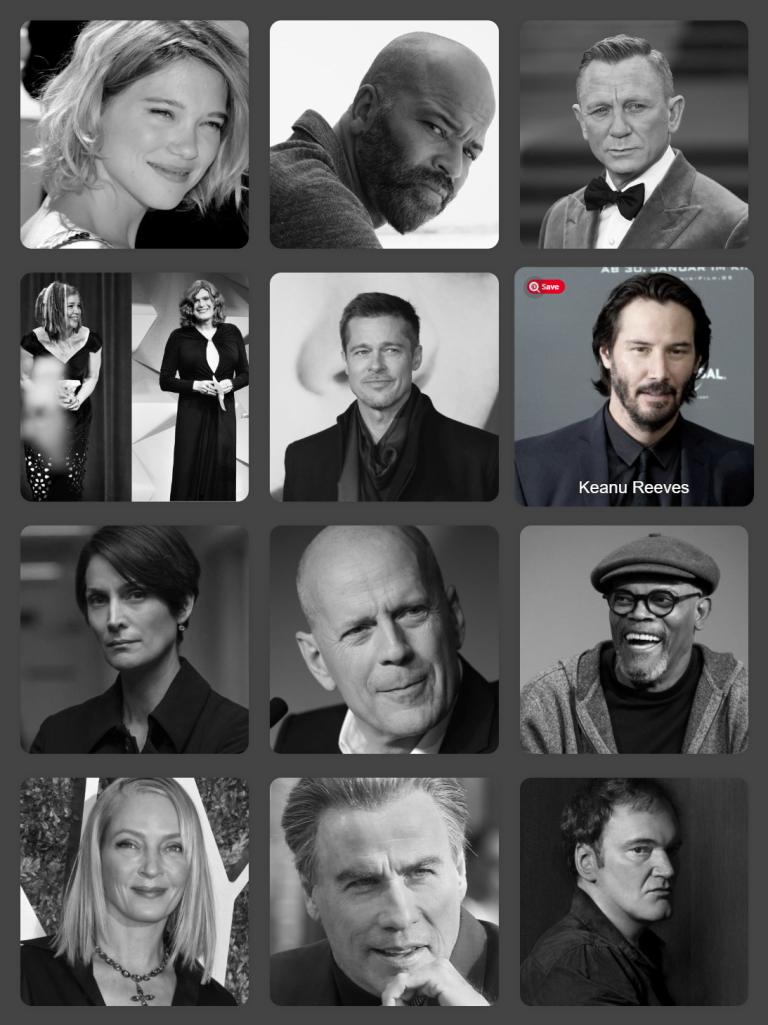Person list component
Contents
This chapter covers creation of the PersonList component, including a query for retrieving persons from the Enonic API.
Query
Add the following file to your project (note the new query folder). The component will use it to fetch data:
const query = `query PersonListQuery {
guillotine {
queryDsl(
first: 50
query: {
term: {
field: "type",
value: {
string: "com.enonic.app.intro:person"
}
}
}
sort: {
field: "modifiedTime",
direction: DESC
}
) {
_id
_name
displayName
type
... on com_enonic_app_intro_Person {
data {
photos {
... on media_Image {
imageUrl(type: absolute, scale: "square(500)")
}
}
}
}
}
}
}`;
export default query;Styling
The component will require some styling, to make it look good! Add the stylesheet for the PersonList component (note the new styles folder):
$gutter: 30px
$color: rgba(0, 0, 0, .5)
ul.person-list
list-style-type: none
padding: 30px 30px 0
margin: 0
background-color: #444
li
display: inline-block
margin-bottom: $gutter
padding-right: $gutter
vertical-align: middle
width: calc((100% / 3) - 20px)
&:nth-child(3n)
padding-right: 0
a
display: inline-block
width: 100%
position: relative // so div can be centered
div
bottom: 10px
color: #fff
left: 50%
font-size: 1.5rem
opacity: 0
pointer-events: none
position: absolute
text-shadow: 1px 0 0 $color, 0 -1px 0 $color, 0 1px 0 $color, -1px 0 0 $color
transform: translate(-50%)
white-space: nowrap
&:hover
div
opacity: 1
img
box-shadow: 0 0 10px rgba(0, 0, 0, .1)
border-radius: 5%
filter: grayscale(100%)
height: auto
margin: auto 0
transition: all .2s ease-in-out
width: 100%
&:hover
filter: grayscale(0%)
transform: scale(1.1)Component
Now, add the React component itself (note the new components folder):
import {useEffect, useState,} from 'react';
import {Link} from 'react-router-dom';
import '../styles/PersonList.sass';
import PERSON_LIST_QUERY from '../queries/PersonList';
const forceArray = (data: any) => (Array.isArray(data) ? data : [data]);
export function PersonList() {
const [data, setData] = useState<{
_id: string
_name: string
data: {
photos: {
imageUrl: string
}[]
}
displayName: string
}[]>();
useEffect(() => {
fetch(import.meta.env.VITE_GUILLOTINE_URL as string, {
body: JSON.stringify({
query: PERSON_LIST_QUERY,
}),
headers: {
'content-type': 'application/json',
},
method: 'POST',
})
.then(response => response.json())
.then(json => setData(json.data.guillotine.queryDsl));
}, []);
return (
<>
{data && <ul className='person-list'>
{data.map((person, i) => {
const {
_id,
_name,
data: {
photos
},
displayName
} = person;
const imgProps = {
alt: displayName,
src: photos ? forceArray(photos)[0].imageUrl : undefined,
};
return <li key={i}>
<Link to={`/p/${_name}/${_id}`}>
<img {...imgProps}/>
<div>{displayName}</div>
</Link>
</li>;
})}
</ul>}
</>
);
}Routing
Finally, update the App.tsx file to include the PersonList component and display it on the root path /:
import './App.sass';
import {Route, BrowserRouter as Router, Routes} from 'react-router-dom';
import {PersonList} from './components/PersonList';
export default function App() {
return (
<Router>
<Routes>
<Route path="/" element={<PersonList />}/>
</Routes>
</Router>
);
}Result
With everything in place, you should now see a grid of person images at http://localhost:3000.

Clicking any of the images will take you to the person’s detail page - which is yet to be implemented.
Next step
Moving forward, you’ll create a component and a matching routing to render Person details.